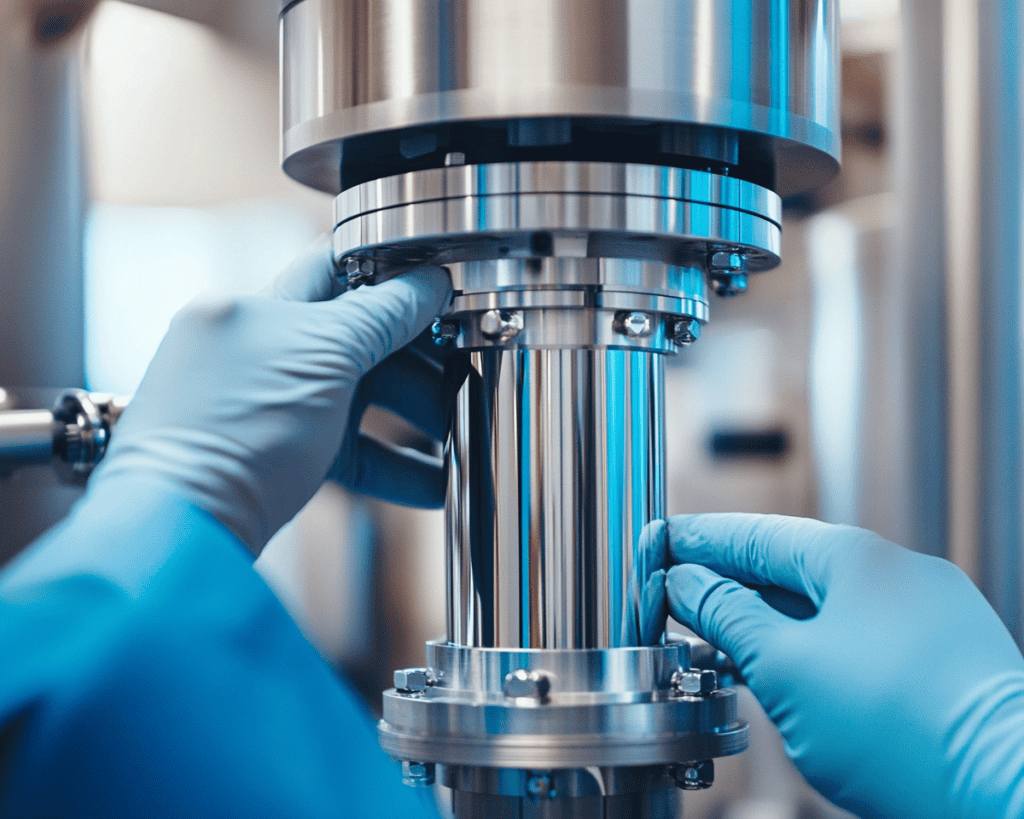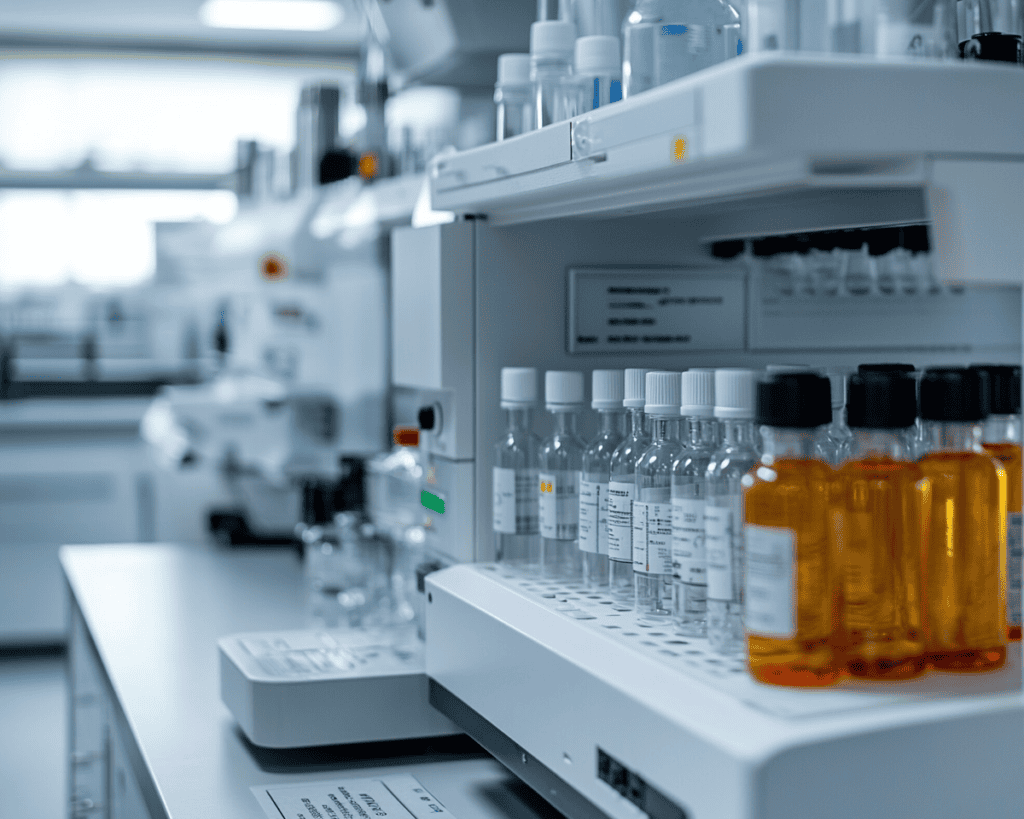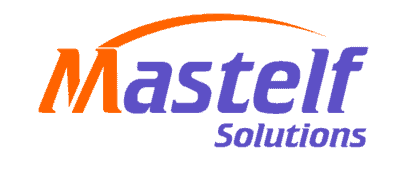Choosing the right mobile phase in HPLC (High-Performance Liquid Chromatography) can sometimes feel like a tricky puzzle. But here’s the good news: by understanding a few basic principles, you can make informed decisions that lead to great results. And trust me, it’s not as complicated as it might seem at first. Let’s walk through the essentials together, and by the end of this, you’ll feel more confident in your choices.

Why Does the Mobile Phase Matter So Much?
You may be wondering, why is the mobile phase such a big deal? In HPLC, the mobile phase is the liquid that moves through the column and carries the sample with it. The choice of mobile phase can make or break your analysis—it influences retention times, peak shapes, and separation quality. In other words, it directly affects the accuracy and clarity of your results.
So, what do I think is the most important takeaway here? It’s simple: the right mobile phase leads to better results, period. But the question remains—how do you pick the best one?
Key Factors to Consider When Choosing a Mobile Phase
Polarity of the Analyte
One of the first things you’ll need to think about is the polarity of your analyte and the mobile phase. Polar analytes prefer polar solvents, while non-polar analytes need non-polar solvents.
For example:
- Polar analytes: Use polar solvents like water or methanol to help separate them efficiently.
- Non-polar analytes: Choose non-polar solvents like hexane or chloroform to enhance separation.
Not sure about the polarity of your analytes? Take a moment to research their chemical properties. This will save you from a lot of trial and error.
Stationary Phase Compatibility
Now, here’s something I’ve learned the hard way—your mobile phase needs to be compatible with the stationary phase (the material inside the column). If they don’t match up well, your separation could suffer.
In reverse-phase HPLC, where the stationary phase is non-polar (like C18 columns), you’ll want to use a polar mobile phase (think water with acetonitrile or methanol). In contrast, normal-phase HPLC uses a polar stationary phase, so a non-polar mobile phase like hexane works best.
It’s all about balance, and once you get the hang of it, it becomes second nature. What do you think about this concept? Does it sound logical to you?
pH and Buffer Systems
If your analytes are acids or bases, pH control is crucial. A mobile phase with an incorrect pH can lead to poor separation and inconsistent results. That’s where buffers come in handy.
Buffers like phosphate or acetate can stabilize the pH and help your analytes stay in the correct ionization state. This little trick can make a world of difference, especially with sensitive compounds.
For more on pH and buffering in HPLC, check out this great resource from Lab Manager.
Common Solvents and Their Uses
The mobile phase in HPLC is typically a mixture of solvents. Here’s a quick guide to some of the most commonly used ones.
Water
Water is the backbone of many mobile phases, especially in reverse-phase HPLC. It’s polar, easy to work with, and can be mixed with a variety of organic solvents. But remember, you’ll often need to add a buffer to control pH when using water.
Acetonitrile
Acetonitrile is one of the most popular organic solvents in HPLC. Why? Because it’s less viscous than methanol, allowing for faster run times, and it has low UV absorbance, which is ideal for detection. If you need fast, efficient separations, acetonitrile is a great choice. I recommend reading this article on its benefits from Waters Corporation.
Methanol
If you’re working with highly polar compounds, methanol is another solid option. Although it’s more viscous than acetonitrile, it can sometimes provide better separation depending on your analyte. Just be prepared for slightly longer run times.
Tetrahydrofuran (THF)
For those tough-to-separate non-polar analytes, THF can be a lifesaver. However, be cautious—THF can degrade some HPLC column materials over time, so always double-check compatibility.
Gradient vs. Isocratic Elution: Which One is Right for You?
Here’s a question that often comes up: should you use gradient or isocratic elution?
Gradient Elution
In gradient elution, you gradually change the ratio of solvents during the run. This technique is especially useful when your sample contains analytes with a wide range of polarities. It shortens run times, improves resolution, and prevents peaks from merging.
Think of it like this: gradient elution is a bit like a DJ slowly fading between two songs. You start with one solvent and gradually mix in another, which keeps things smooth and efficient.
Isocratic Elution
In contrast, isocratic elution uses a fixed solvent composition throughout the entire run. This method is ideal for simple samples where all analytes have similar polarities. While it’s simpler and less demanding on your equipment, it may not be suitable for complex mixtures.
So, what do you think? Are you more of a gradient or isocratic person? Personally, I find gradient elution to be more versatile, but it really depends on your specific needs.

Practical Tips for Mobile Phase Preparation
Degassing and Filtering
Two critical steps that are often overlooked are degassing and filtering your mobile phase. Air bubbles can wreak havoc on your results, causing inconsistent flow rates and pressure issues. Degassing removes these bubbles and ensures smooth operation. You can use helium sparging, vacuum filtration, or an ultrasonic bath for this.
As for filtering, it’s essential to pass your solvents through a 0.45 µm filter to remove particulates. Trust me, this small step can save you from big headaches down the line.
Common Problems and Solutions
Even with careful preparation, problems can arise. Here are a few common mobile phase issues and how to solve them:
High Back Pressure
If your system is experiencing high back pressure, it could be due to particulates in the mobile phase or a solvent that’s too viscous. Filtering the solvent or switching to a less viscous option, like acetonitrile, often helps.
Poor Peak Shape
Sometimes, peaks look broader or more tailing than they should. This could be due to improper pH or insufficient buffering. Adjusting the pH or switching to a different solvent could improve peak shape.
Retention Time Shifts
If your retention times are all over the place, it might be due to changes in your mobile phase composition or temperature. Keep an eye on both, and always ensure consistent preparation methods.
Conclusion
Choosing the right mobile phase in HPLC is like fine-tuning an instrument—it takes a little practice, but once you get it right, everything falls into place. By considering factors like polarity, pH, and buffer systems, you can significantly improve your chromatographic results.
I hope this article has provided some clarity on the topic. So, what do you think? Are you ready to optimize your mobile phase? If you have any further questions or need personalized advice, don’t hesitate to reach out. Let’s keep the conversation going!











